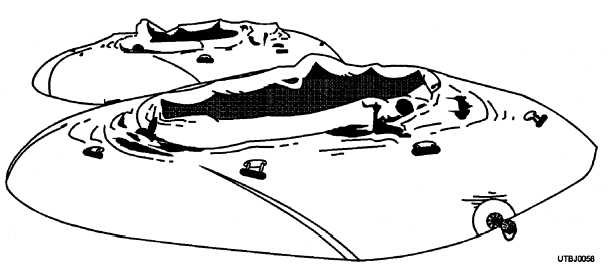
Figure 2-30. - Portable onion skin bladders, 3,000 gallon.
12. All of the dissolved solids are removed from the water in the membranes. The membranes consist of rolls of thin film that separate dissolved solids from the water.
13. Once the water comes out of the RO elements, the chlorine pump injects chlorine into the product water to kill bacteria that is present. If the chlorine pump is not in use, you must batch chlorinate the water in the bladder or storage container.
14. The product water tank is a storage device for holding product water (potable water). The tank may be a bladder, a container, or a collapsible tank.
15. The distribution pump is used to move the product water from the product-water tank into vehicles, tank trailers, and so forth.
16. A distribution nozzle is used to fill the end-users container.
17. Diluted citric acid cleans the RO elements. The citric acid lowers the pH of the water and improves the salt rejection of the elements.
18. A separate storage tank is used for the brine water. The brine is used to flush the multimedia filter. The backwash pump (19) forces the brine backwards (from bottom to top) through the filter media to flush out any unwanted accumulation in the filter.
19. The backwash pump provides pressure that pumps the brine through the multimedia filter for backwashing.
The ROWPU can purify 13.5 gallons per minute of product water from a fresh or brackish water source and 12 gallons per minute of potable water from a seawater source.
Temperature has a substantial effect on the quantity of product water the ROWPU can produce. The higher the temperature of the raw water, the more product water the ROWPU can produce. At 77F the ROWPU can produce 600 gph from fresh or brackish water and 400 gph from seawater. Again, as the temperature of the water increases so does the flow of product water.
You can obtain more information about the ROWPU operation, setup, maintenance, and troubleshooting in the TM 5-4610-215-24, Water Purification Unit, Reverse Osmosis 600 GPH Trailer Mounted. Additionally, every NMCB is required to have eight UTs. This is accomplished by sending them to the SCBT 740.2, Water Treatment II course.
Q1. What is the primary responsibility of the Seabees?
Q2. What is the first procedure you should perform after receiving an ABFC assembly?
Q3. Where should the portable bath unit suction hose be located in relation to the wastewater drain?
Q4. Type I portable space heaters can be operated with what two types of fuel?
Continue Reading